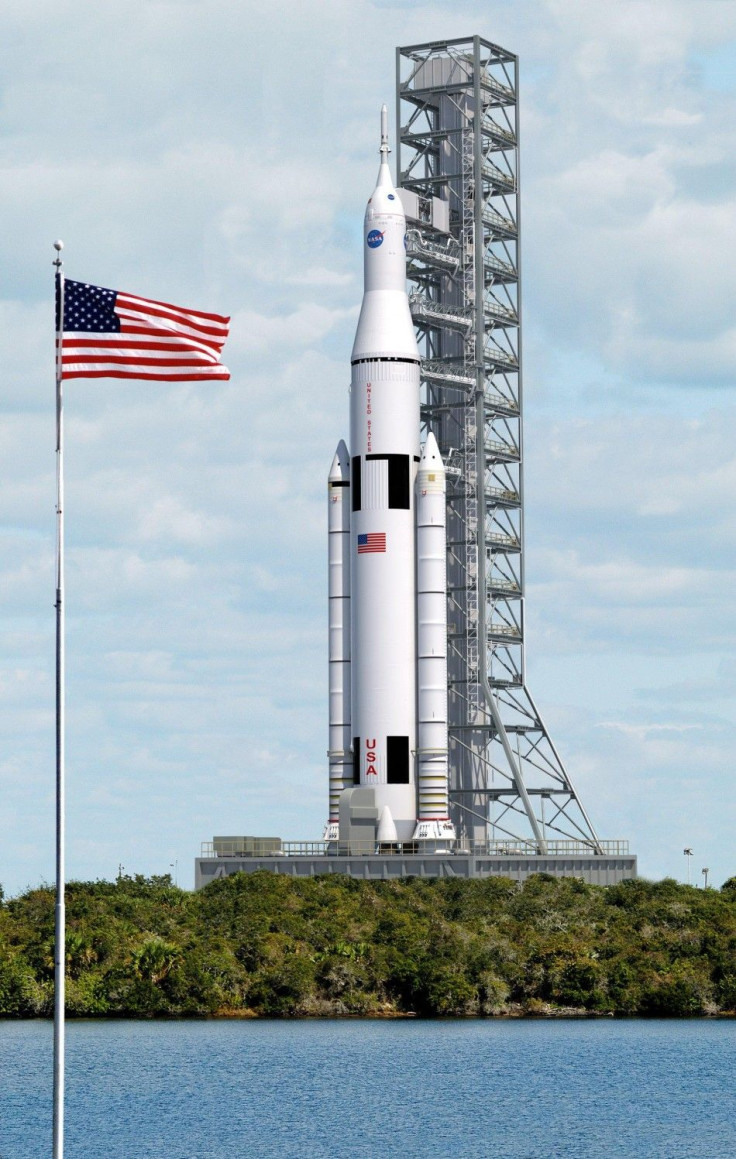NASA Hiring Private Contractors for Space Transport

NASA has unveiled plans to buy a complete range of spacecraft, launchers, mission operations and ground support by the middle of the decade to transport astronauts to the International Space Station and low Earth orbit.
According to NASA's draft proposal, the Integrated Design Contract will be awarded to multiple private companies that can provide designs for all the operations related to an expedition and recovery. The agency would spend up to $1.61 billion for the project which would run from July 2012 to April 2014, officials said Monday.
This IDC effort will bring us through the critical design phase to fully incorporate our human space flight safety requirements and NASA's International Space Station mission needs, said NASA Commercial Crew Program Manager Ed Mango. We look forward to strong U.S. industry response.
President Barack Obama has requested $850 million for NASA's commercial crew development initiative, or CCDev, for the year beginning Oct. 1, while last week the Senate Appropriations Committee offered $500 million.
This is a significant step forward in America's amazing story of space exploration, said NASA Administrator Charles Bolden. It's further evidence we are committed to fully implementing our plan -- as laid out in the Authorization Act -- to outsource our space station transportation so NASA can focus its energy and resources on deep space exploration.
This year, NASA announced retirement of its three remaining space shuttles. As a result the U.S. became dependent on Russia to fly its astronauts to and from the space station. Russia charges more than $50 million a person, including training and support services. But the failure of a Russian cargo space ship last month highlighted the pitfalls of relying on only one option of transportation.
Referring to that event, Phil McAlister, NASA's commercial spaceflight development director said, Right now, we have a single-string failure for a $100-billion national lab. Every year, we do not have a commercial crew capability, the station is at risk.
Along with the space taxi, NASA also plans to launch the optional milestones for the Commercial Crew Development Round 2 (CCDev2) initiative very soon.
© Copyright IBTimes 2024. All rights reserved.











